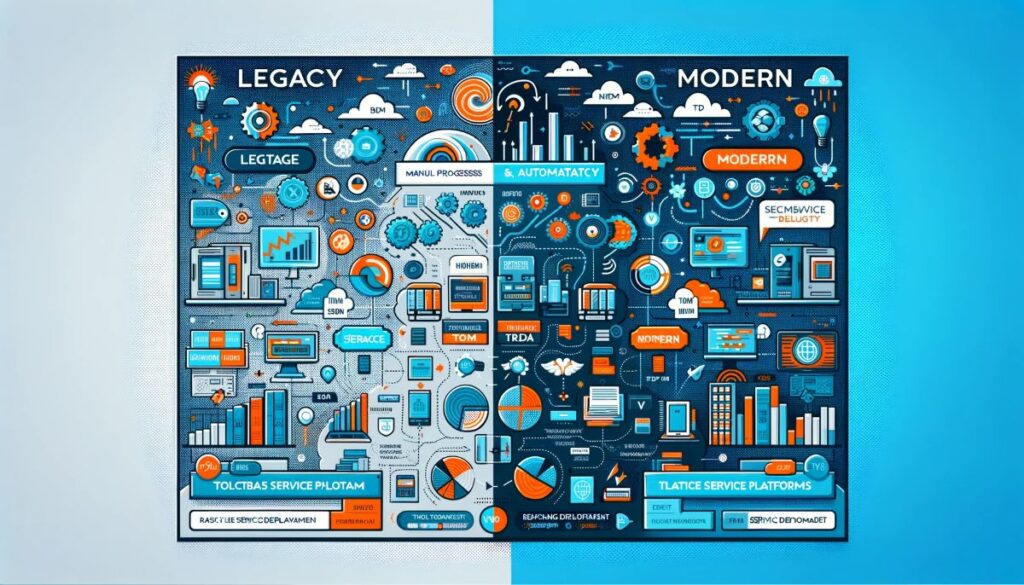
In the ever-evolving landscape of telecommunications, the concepts of service provisioning and activation have undergone significant transformations. These processes are pivotal in ensuring that telecom operators can efficiently deliver services to their customers. From legacy systems to modern, digitally-enhanced platforms, the journey of service provisioning and activation mirrors the technological advancements in the industry.
Table of Contents
What is Service Provisioning and Activation?
Service provisioning in telecom refers to the process of preparing and equipping a network to allow it to provide new services to its customers. It involves the configuration of network resources, setting up customer profiles, and ensuring all necessary systems are in place for service delivery.
Activation, on the other hand, is the final step where the service becomes available to the customer. It involves turning on the service, ensuring all features are working as intended, and that the service is billed correctly.
A very good example of a solution which facilitates both of these is the UMP from AVSystem.
Evolution of Service Platforms
Legacy Systems
In the early days of telecom, service provisioning was predominantly manual. It involved lengthy processes with significant human intervention for setting up services. Legacy systems were largely inflexible, making it challenging to introduce new services quickly. They were often based on technologies like TDM (Time Division Multiplexing) and relied heavily on physical infrastructure.
Modern Platforms
The advent of IP-based networks and cloud computing revolutionised service platforms. Modern systems are more agile, scalable, and can support a wide range of services, including high-speed internet, VoIP, and IoT solutions. They use technologies like SDN (Software Defined Networking) and NFV (Network Functions Virtualization) to provide more dynamic and cost-effective services.
Differences Between Legacy and Modern Service Platforms
1. Flexibility: Legacy systems are rigid compared to the highly flexible and scalable modern platforms.
2. Speed of Deployment: Modern systems enable rapid deployment of new services, unlike the time-intensive processes of legacy systems.
3. Cost-Effectiveness: With the reduction in physical infrastructure and increased automation, modern platforms are more cost-effective.
4. Customization: Modern platforms offer greater customization options for services, tailored to individual customer needs.
Service Provisioning and Activation: Legacy vs. Modern
In legacy systems, service provisioning and activation were often slow and error-prone, with a high dependency on manual processes. In contrast, modern systems leverage automation and sophisticated software tools. This shift not only enhances efficiency but also reduces the time-to-market for new services.
Modern provisioning systems use protocols like SNMP (Simple Network Management Protocol) and Netconf for network management and configuration. These systems are integrated with OSS/BSS (Operational Support Systems/Business Support Systems) for seamless service management and billing.
Statistical Insights and Technological Definitions
– Automation in Modern Systems: According to a report by [Reference], automation in service provisioning has reduced the time to activate services by up to 70% compared to legacy systems.
– SDN and NFV: SDN separates the network’s control plane from the forwarding plane, making it more manageable and adaptable. NFV replaces traditional network hardware with virtualized functions, leading to cost savings and greater flexibility.
Final Words
The transformation in service provisioning and activation is a testament to the telecom industry’s commitment to innovation and customer satisfaction. As we move forward, these processes will continue to evolve, further bridging the gap between service providers and their customers, ensuring faster, more reliable, and customised telecom services.


